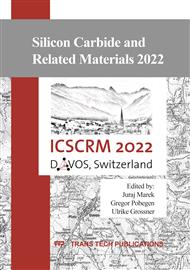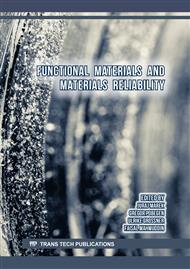p.145
p.151
p.157
p.165
p.171
p.179
p.187
p.193
p.201
Reliability and Standardization for SiC Power Devices
Abstract:
The demand is rapidly increasing for SiC MOSFETs and diodes for power electronic conversion semiconductor (PECS) applications such as electrified vehicle charging and traction, energy storage systems and industrial power supplies. These applications employ a high quantity of large-area die per system while demanding high system-level reliability under aggressive electrical and environmental operating conditions. In addition, SiC devices exhibit some failure mechanisms that are less severe than, or non-existent, in Si devices. This situation demands thorough and novel device reliability characterization and quantification. It is also driving the development of industry consortia standards and guidelines at a much faster rate, and relatively earlier in the technology maturation phase, than occurred in the Si industry. In this paper, I will review some of the key published reliability performance data, stress procedure methodologies used, and implications for key applications. I will also compare and contrast the existing guideline and standard documents and suggest directions that are being explored for future documents. I will also discuss how future guidelines and standards are being developed to cover the SiC-specific failure mechanisms for representative mission profiles for some key applications, particularly electrified vehicles.
Info:
Periodical:
Pages:
179-186
Citation:
Online since:
June 2023
Keywords:
Permissions:
Share:
Citation:



